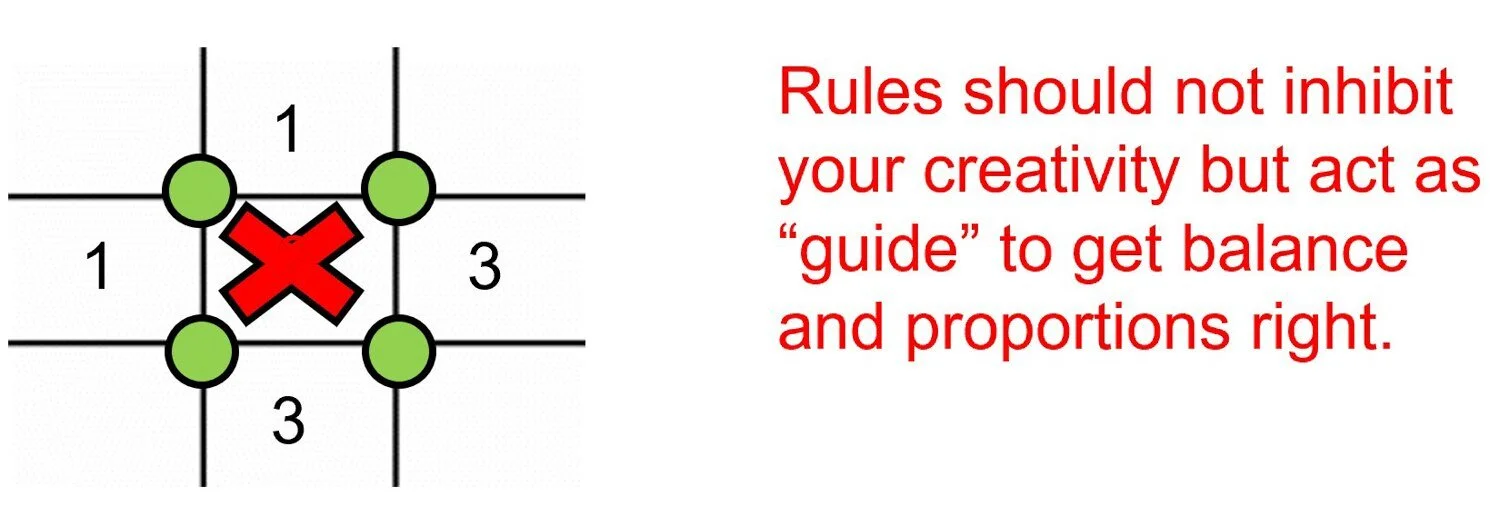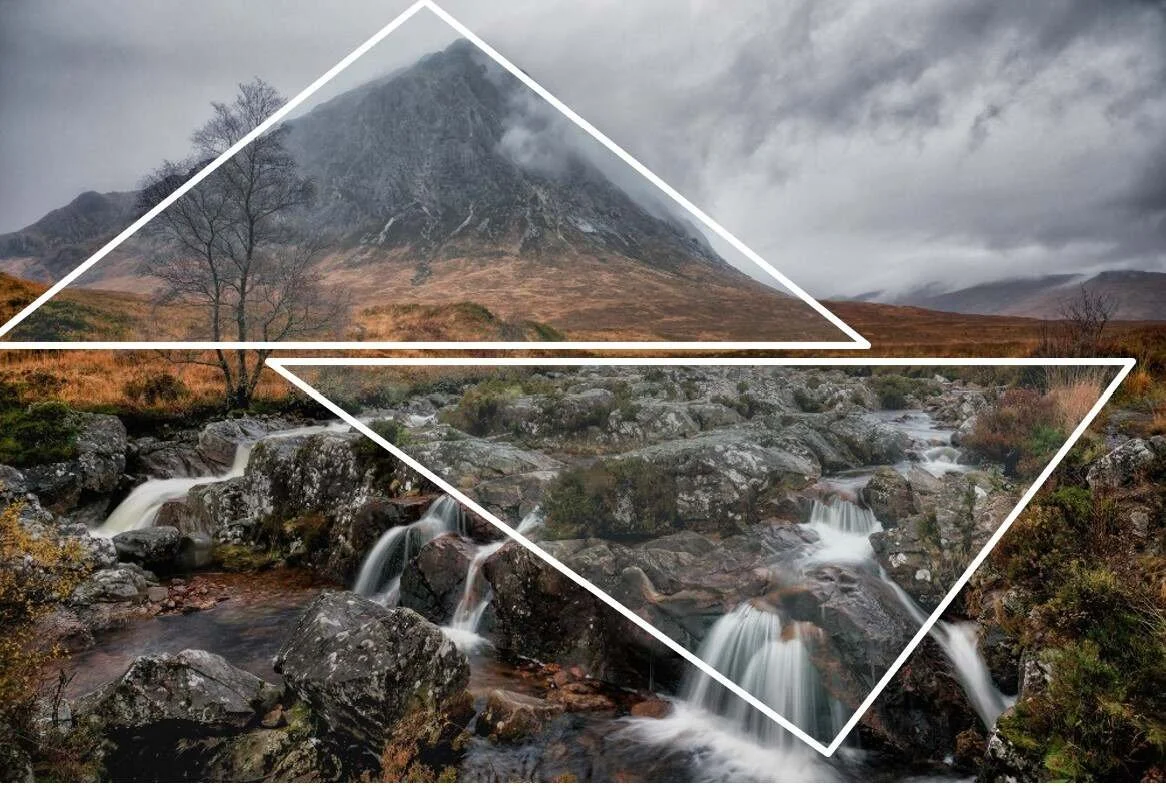Playing with Perspectives and Viewpoints
Exploring different perspectives and viewpoints adds depth and interest to compositions. Techniques include altering the camera angle, using physical or conceptual perspectives, and considering the spatial relationship within the frame. This approach, enriched by context, helps achieve more realistic and engaging photos.
Improving Composition through Practice
Experimentation and Creativity
Photographers enhance their skills by embracing experimentation, often breaking from conventional rules like the Rule of Thirds to discover unique perspectives and form compelling triangles in their compositions. Experimenting with different compositions allows photographers to develop a distinctive style that resonates more profoundly with their creative vision. It encourages them to think outside the traditional frameworks and adapt to what best suits the scene or their artistic intent, always keeping context in mind.
Learning from Critique
Engaging in the critique process, both giving and receiving feedback, is crucial for growth in photography. This interaction highlights areas for improvement and reinforces successful techniques in one's work. Critiques can provide new insights and perspectives, helping photographers understand how their work is perceived by others and encouraging a deeper analysis of their techniques.
Continuous Learning and Adaptation
Continuous learning through the study of photography and other visual arts enriches a photographer’s understanding of composition and visual storytelling. This ongoing process involves adapting to new techniques and perspectives, keeping a photographer’s work dynamic and evolving. Regular practice and revisiting past works to see them with fresh eyes, a practice akin to repetition, contribute significantly to mastering composition.
Conclusion
Throughout this exploration of photography composition, we've journeyed from the foundational principles to intricate techniques and beyond, ultimately unveiling the vast potential inherent in thoughtful compositional strategies for creating compelling images. The discussion has underscored the pivotal role of composition—not just as a set of rules to follow but as a dynamic canvas for creative expression. By weaving together essential techniques like the rule of thirds, leading lines, and the effective use of negative space with advanced strategies such as layering elements and experimenting with perspectives, photographers are equipped to elevate their visual storytelling to new heights, transforming the ordinary into extraordinary, with the use of triangles and diagonals against a thoughtfully considered background.
As we conclude, it's clear that the path to mastering composition is one of continuous learning, experimentation, and adaptation. The insights shared here serve as a brief guide and an inspiration for photographers at all levels to refine their craft and discover their unique voice through the lens. Embracing critique and practice with an open heart will lead to unabated growth and innovation in photography. Thus, the journey of improving one's composition is endless, promising ever-evolving landscapes of visual expression and storytelling prowess that await those willing to explore, learn, and persist.


















